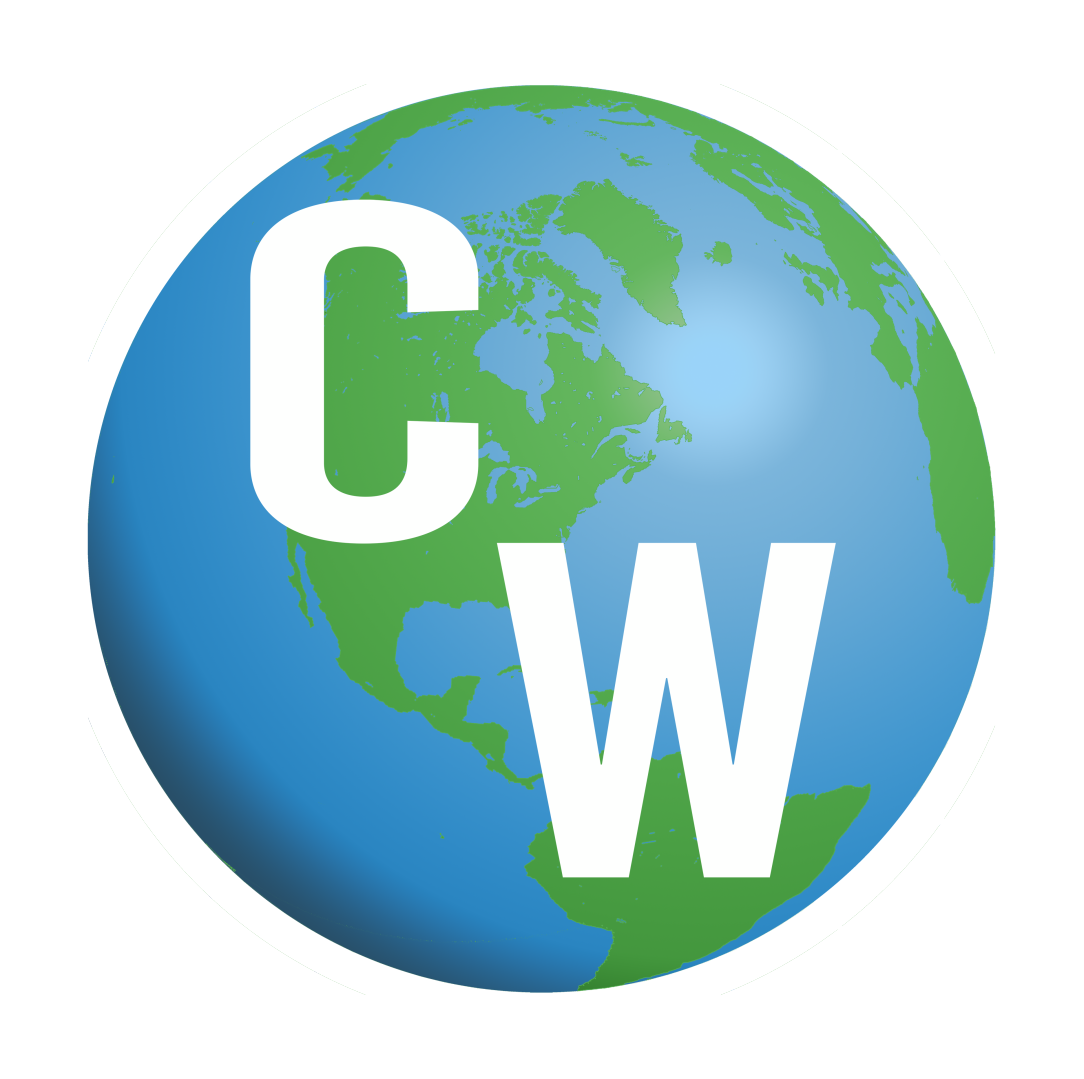Photo Credit: Lohud
One of Westchester County’s most significant environmental successes is its system of waste disposal and reduction. The county’s recycling program in particular is one of the strongest in the nation. Westchester waste has gone down substantially over the last few decades, and is still improving. Since the early 2000’s, the amount of solid waste produced by residences in Westchester’s Refuse Disposal District No. 1 has gone down over 20 percent. In 2003, Westchester produced 495,596 tons of residential solid waste. In 2021, it produced 390,243 tons, which, while still a massive amount of waste, is an improvement of over 100,000 tons, in spite of Westchester’s population growing by around 7 percent.

Photo Credit: Lohud
The most impressive facet of Westchester’s waste disposal network is most certainly its recycling system. Since 2003, Westchester’s annual recycling rate has consistently been 50 percent or more, far above the United States’ average of 32 percent. In 2022, 74,456 tons of curbside recyclables were collected by the Daniel P. Thomas Material Recovery Facility in Yonkers, New York, where about 90% of residential recyclables are processed in Westchester. In 2021, recycled materials produced by this facility were sold for $7,006,704.59, a growth of more than 95% from 2020.

Photo Credit: Westchester Gov
Another recent success of Westchester’s waste is its recent entry into composting. Just recently, many Westchester residents have gained the opportunity to compost, and this is largely due to the Compost and Education Facility, CompostED, in Valhalla. This facility started development in late December of 2020 and opened on Earth Day 2021. It composts up to two tons of food scraps weekly, as well as provides opportunities for Westchester citizens, especially children, to learn about the benefits of composting.
[CompostED with Bethel Community Garden Youth])(https://www.youtube.com/watch?v=ozs7xbnmjCk&feature=youtu.be)

Photo Credit: Lohud
The village of Scarsdale has been particularly instrumental to the growth of Westchester’s composting. In 2017, Scarsdale began the county’s first municipal food scrap recycling program. One of the leaders of the program, Ron Shulhof, says that the composting movement was particularly effective in Elementary Schools, where the brags of mixed trash daily were often reduced from almost 20 to just 1. He also claims that starting the system in schools is key:
“It makes sense to start in the schools because this is all about education. It’s about not wasting food,” Schulhof said. “The next step is all these parents and kids say, ‘How do I do it at home?’”
The U.S. Environmental Protection Agency found that discarded food waste makes up around 22 percent of all waste in landfills and incinerators. Just a month after the program started, it collected about half a ton of composted materials every week, and it has only grown since then.

Photo Credit: Lohud
On a grander scale, Westchester has been a pillar of support for improving New York’s waste disposal. Holtec International, a company decommissioning the Indian Point Nuclear Plant, announced a plan to dump nuclear waste into the Hudson River, which would release radioactive contaminants, including known carcinogens. In early March, Westchester’s Board of Legislators unanimously voted against the dumping of the material, the first municipality in New York to do so. Since then, several other government officials and legislation have spoken out in opposition to Holtec’s plan, including New York’s Democratic senators, Chuck Schumer and Kirsten Gillibrand. The resistance was successful, and in April Holtec announced the plan had been delayed to take more time to engage with the community before taking action.
As Westchester residents, we should be proud of our county’s progress towards a cleaner future, and do whatever we can to support their efforts.
